
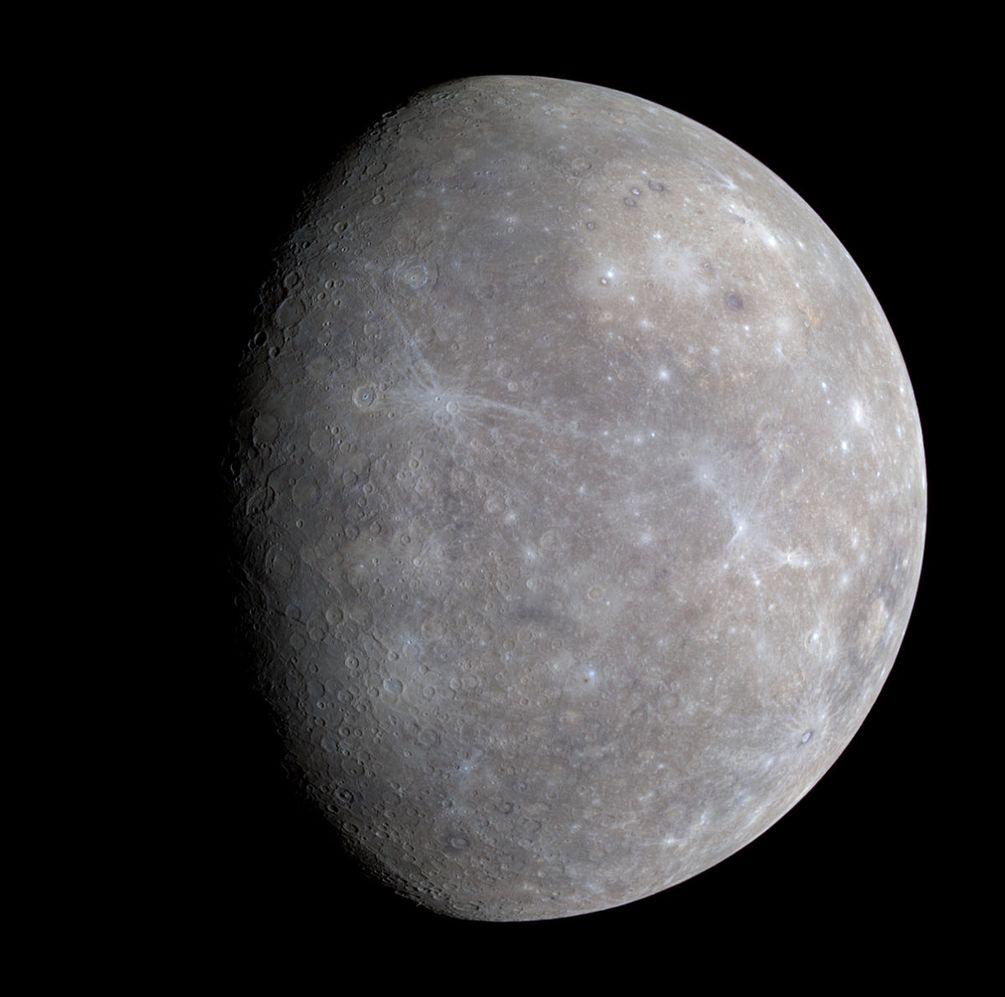

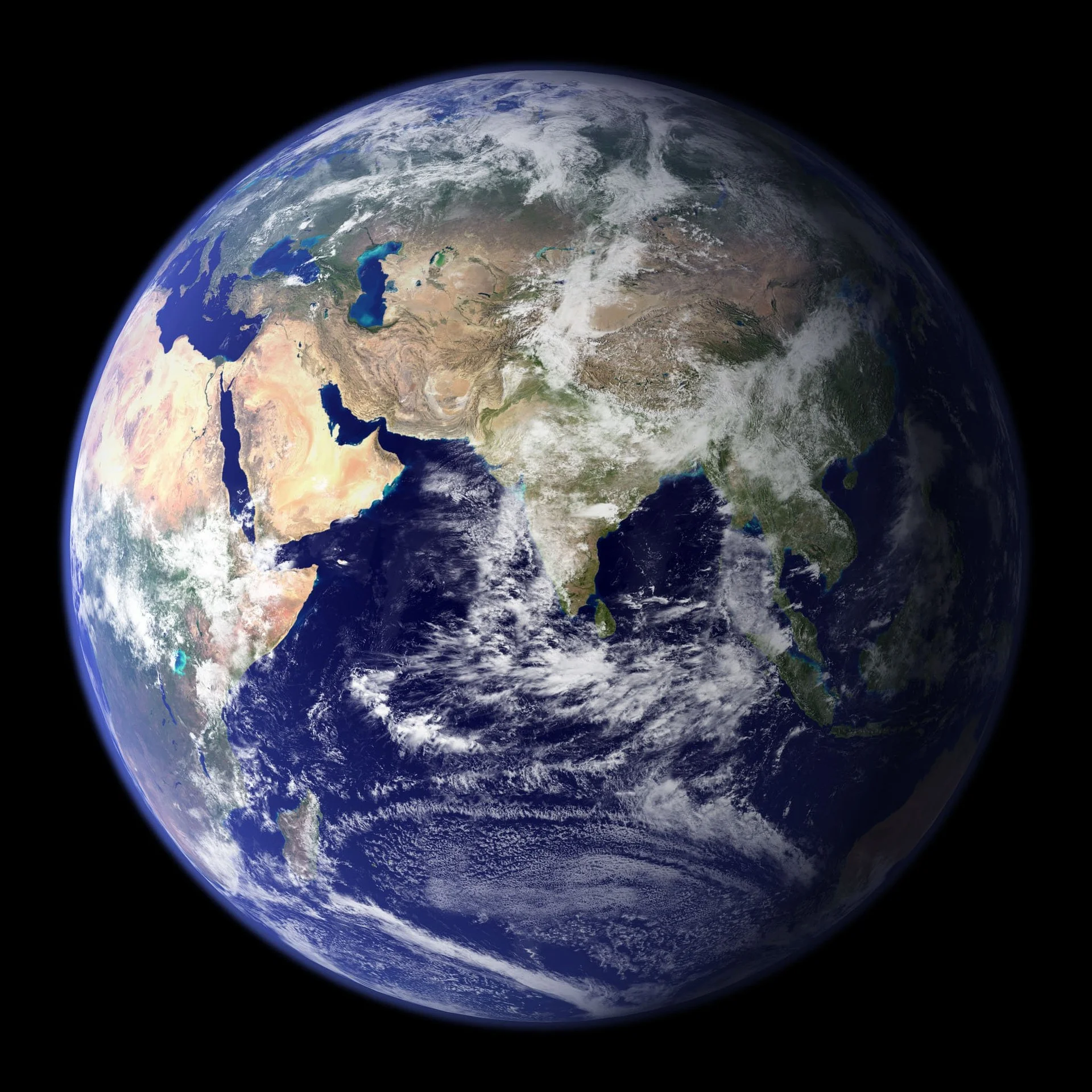
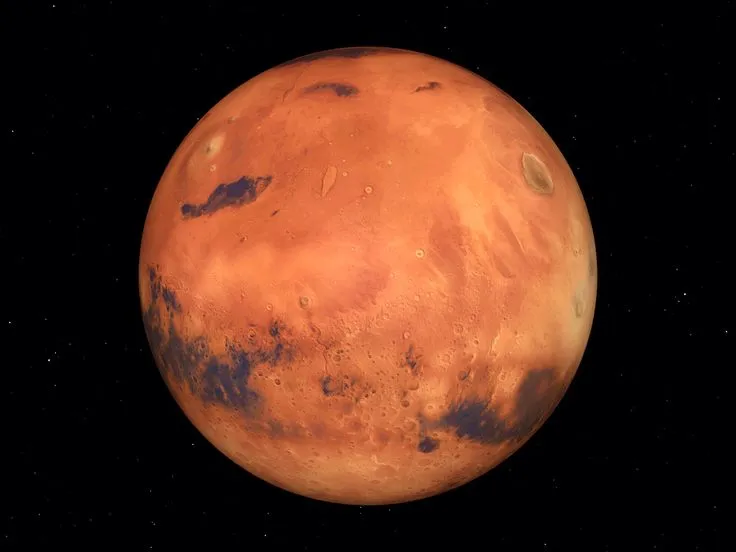
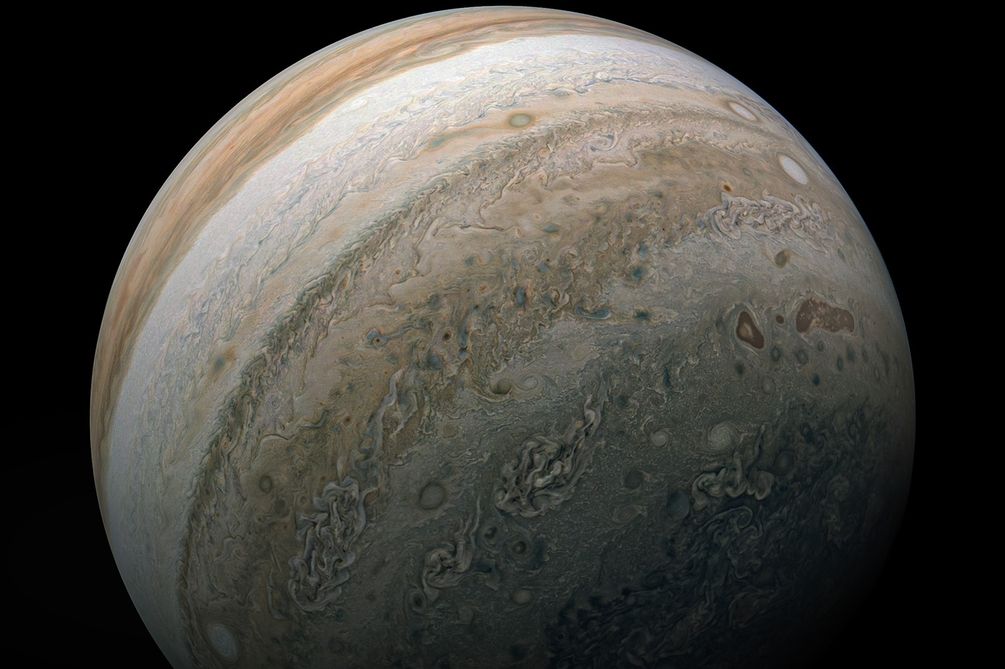
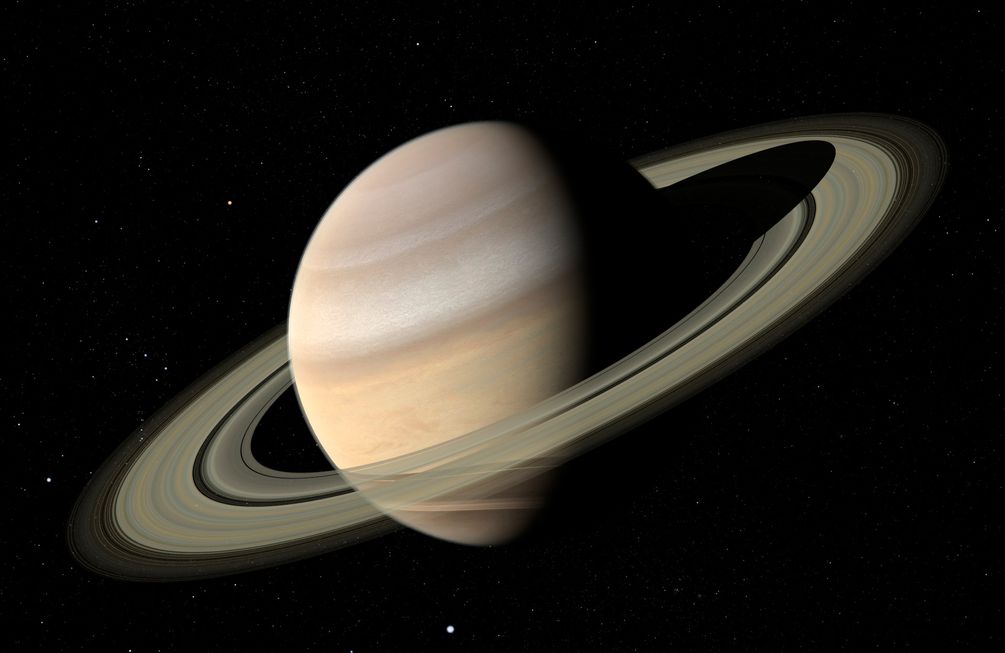
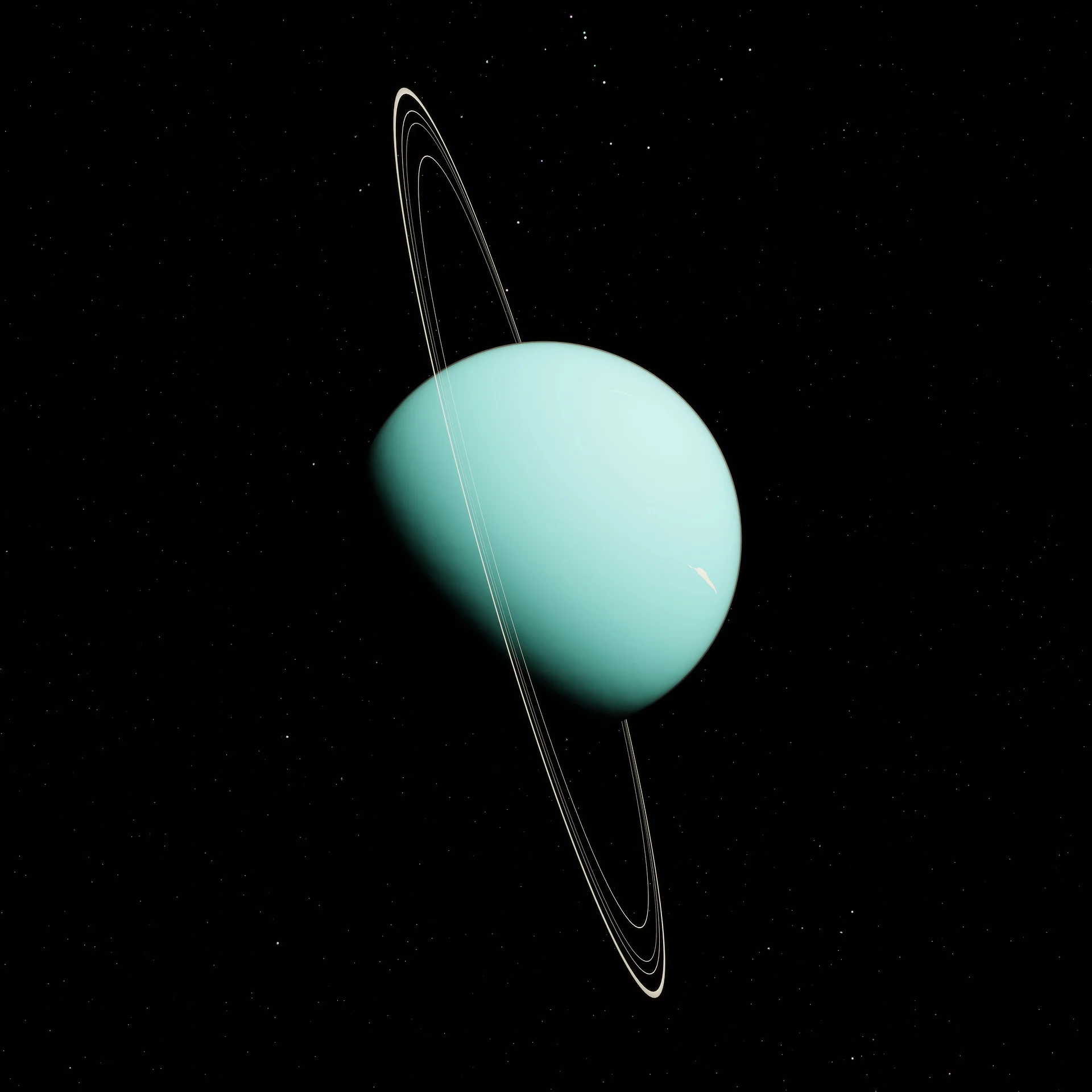
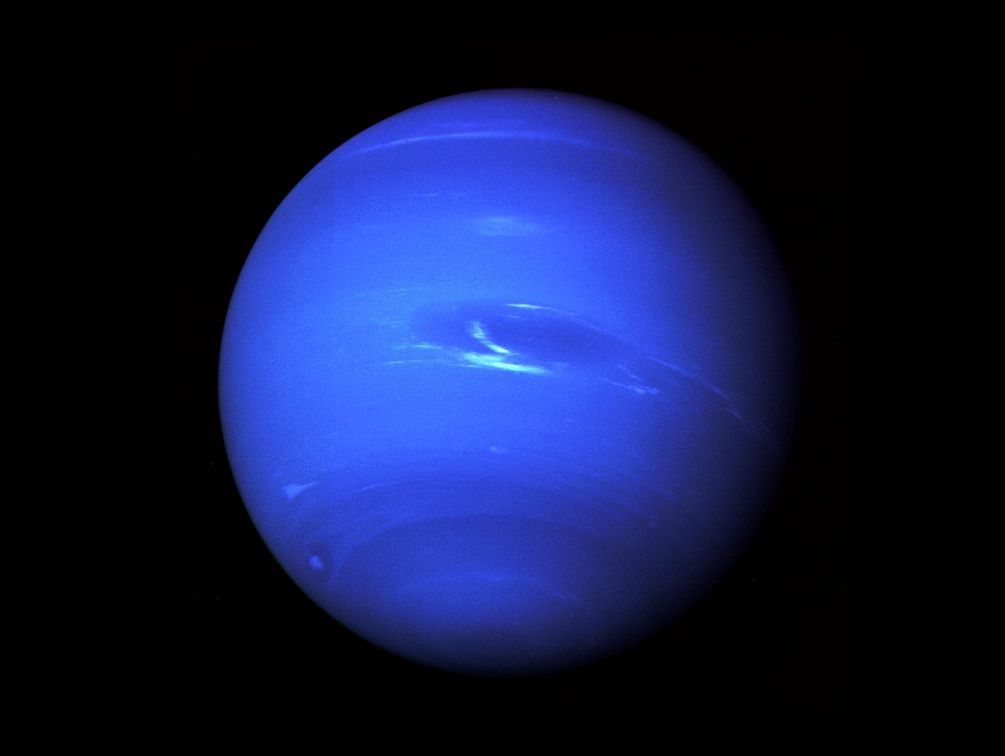
SOLARIA


Galaxy /
Mass /
Age /
Composition /
- Pluto
- Neptune
- Uranus
- Saturn
- Jupiter
- the asteroid belt
- the Sun
- Mercury
- Venus
- the Earth
- the Moon
- Mars
Number of small bodies /
Dwarf planets /
- 5 (IAU): Ceres
- Pluto
- Hauméa
- Makémaké and Éris
- hundreds of potential planets
Number of round satellites identified /
Nearest planetary system /









00 sun
velocity /
5,432 48 km/sage /
4.6 billion yearstemp °K /
1.57x10^7 Kmass /
1,989 1 x 10^30 kgvolume /
1.41 x 10^18 km3The Sun is a large ball of hot gas, rotating on itself in about 28 days. Like all stars, the Sun shines because it produces energy. It's a gigantic nuclear reactor. At its heart, the temperature is 15 million degrees. At this temperature, fusion reactions take place, transforming hydrogen into helium and releasing energy.
Every second, the Sun's core fuses about 600 million tons of hydrogen into helium, and in the process converts 4 million tons of matter into energy. This energy, which can take between 10,000 and 170,000 years to escape the core, is the source of the Sun's light and heat.
01 mercury
velocity /
47,362 km/sgravity /
3,70 m/s2temp °K /
440 Kmass /
3,301 1 x 10^23 kgvolume /
6,083 x 10^10 km3Mercury is the closest planet to the Sun and the least massive of the Solar SystemN 1. Its distance from the Sun is between 0.31 and 0.47 astronomical units (46 and 70 million kilometers), which corresponds to an orbital eccentricity of 0.2 - more than twelve times greater than that of the Earth, and by far the highest for a planet of the Solar System.
The planet Mercury owes its name to the messenger of the gods in Roman mythology, Mercury. The planet was named by the Romans because of the speed with which it moves across the sky. Mercury's astronomical symbol is a circle set on a cross with a horn-shaped semicircle
02 venus
velocity /
35,025 71 km/sgravity /
8,87 m/s2temp °K /
737 Kmass /
4,867 5 x 10^24volume /
9,284 3 x 10^11 km3Venus is the second planet of the Solar System by order of distance from the Sun, and the sixth largest both by mass and diameter. It owes its name to the Roman goddess of love.Venus orbits around the Sun every 224,7 terrestrial days. With a rotation period of 243 terrestrial days, it takes more time to turn around its axis than any other planet of the Solar System
As the second brightest natural object in the night sky after the Moon, Venus can cast shadows and can sometimes be visible to the naked eye in daylight. Venus being an inferior planet, it remains close to the sun in the sky, appearing either in the west just after dusk or in the east shortly before dawn.
03 earth
velocity /
29,783 km/sgravity /
9,80665 m/s2temp °K /
287.91 Kmass /
5.972168x10^24 kgvolume /
1.08321x10^12 km3The Earth is the third planet in order of distance from the Sun and the fifth largest in the Solar System in terms of both mass and diameter. It is also the only celestial object known to harbor life. It orbits the Sun in 365.256 solar days - a sidereal year - and rotates on itself relative to the Sun in one sidereal day (about 23 h 56 min 4 s), a little less than its solar day of 24 h because of this displacement around the Sun.
The Earth is the densest planet in the Solar System and the largest and most massive of the four terrestrial planets. Its rigid envelope - called the lithosphere - is divided into different tectonic plates that migrate a few centimeters per year. About 71% of the planet's surface is covered by water - notably oceans, but also lakes and rivers, constituting the hydrosphere - and the remaining 29% is made up of continents and islands.
04 mars
velocity /
24,080 2 km/sgravity /
3,711 m/s2temp °K /
210 Kmass /
6,418 5 x 10^23 kgvolume /
1,631 8 x 10^11 km3Mars (pronounced in French: /maʁs/) is the fourth planet in the Solar System in ascending order of distance from the Sun and the second in ascending order of size and mass. Its distance from the Sun is between 1.381 and 1.666 AU (206.6 to 249.2 million kilometers), with an orbital period of 669.58 Martian days (686.71 days or 1.88 Earth years)
Mars has now lost almost all of its internal geological activity, and only minor events would still occur episodically on its surface, such as landslides, probably CO2 geysers in the polar regions, perhaps earthquakes, or even rare volcanic eruptions in the form of small lava flows3.
05 jupiter
velocity /
13,058 5 km/sgravity /
24,796 424 9 m/s2temp °K /
165 Kmass /
1,898 6 x 10^27 kgvolume /
1,431 28 x 10^15 km3Jupiter is the fifth planet in the Solar System in order of distance from the Sun, and the largest in size and mass ahead of Saturn, which is like it a gas giant planet. It is even larger than all the other planets combined with its average radius of 69 911 km, which is about eleven times that of the Earth, and its mass of 1.898 2 × 1027 kg, which is 318 times larger.
It has a composition similar to the Sun, consisting mainly of hydrogen but also of helium for a quarter of its mass and a tenth of its volume. It probably has a rocky core composed of heavier elements but, like the other giant planets, Jupiter does not have a well-defined solid surface but rather a vast mantle of metallic hydrogen
06 saturne
velocity /
9,640 7 km/sgravity /
10,44 m/s2temp °K /
134 Kmass /
5,684 6 x 10^26 kgvolume /
8,271 3 x 10^14 km3Saturn is the sixth planet in the Solar System in order of distance from the Sun, and the second largest in size and mass after Jupiter, which is like it a gas giant planet. Its average radius of 58 232 km is about nine and a half times that of the Earth and its mass of 568.46 × 1024 kg is 95 times greater. Orbiting on average at about 1.4 billion kilometers from the Sun
Observable with the naked eye in the night sky thanks to its average apparent magnitude of 0.46 - although having a lower brightness than other planets -, it has been known since prehistoric times and has thus long been the farthest planet from the Sun known. Also, its observation has inspired myths and it is named after the Roman god of agriculture Saturn (Cronos in Greek mythology), its astronomical symbol ♄ representing the god's sickle.
07 uranus
velocity /
6,796 7 km/sgravity /
8,87 m/s2temp °K /
76 Kmass /
8,681 0 x 10^25 kgvolume /
6,833 44 x 10^13 km3Uranus is the seventh planet of the Solar System in order of distance from the Sun. It orbits the Sun at a distance of about 19.2 astronomical units (2.87 billion kilometers), with a rotation period of 84.05 Earth years. It is the fourth most massive planet of the Solar System and the third largest by size.
Like Jupiter and Saturn, the atmosphere of Uranus is composed mainly of hydrogen and helium with traces of hydrocarbons. However, like Neptune, it contains a higher proportion of 'ices' in the physical sense, i.e. volatile substances such as water, ammonia and methane, while the interior of the planet is mainly composed of ice and rocks, hence the name 'ice giants'.
08 neptune
velocity /
5,432 48 km/sgravity /
11,15 m/s2temp °K /
72 Kmass /
1,024 3 x 10^26 kgvolume /
6,252 6 x 10^13 km3Neptune is the eighth planet in order of distance from the Sun and the most distant known in the Solar SystemN 2. It orbits the Sun at a distance of about 30.1 au (4.5 billion kilometers), with an orbital eccentricity half that of the Earth and a period of revolution of 164.79 years. It is the third most massive planet in the Solar System and the fourth largest in size - a little more massive but a little smaller than Uranus. Moreover, it is the densest giant planet.
Neptune is not visible to the naked eye ; it was therefore necessary to invent the telescope to be able to observe it. However, this discovery is different from that of the other planets because it is above all mathematical: it is made by calculation from the trajectory and the characteristics of Uranus. Thus, the telescope was only used to confirm the discovery.